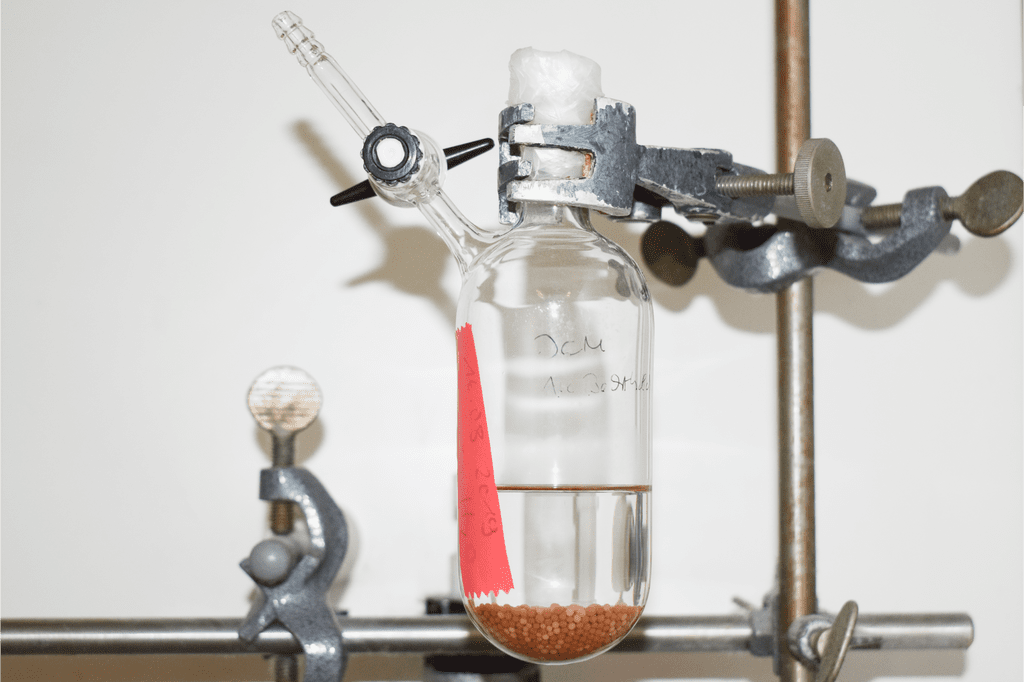Two important glycolipids: trehalose dimycolate and trehalose monomycolate
The outer leaflet of the mycobacterial cell envelop consists of small and extractable lipids and contains the essential non-mammalian disaccharide sugar trehalose alongside with the glycolipids trehalose dimycolate (TDM) and trehalose monomycolate (TMM). We synthesize trehalose-photosensitizer conjugates that are covalently incorporated into the mycomembrane via an enzyme mediated transformation in the periplasm. The toxophores are then activated by light and kill mycobacteria via release of singlet oxygen species with very high efficiencies.
For more information, please see Trehalose Conjugation Enhances Toxicity of Photosensitizers against Mycobacteria
